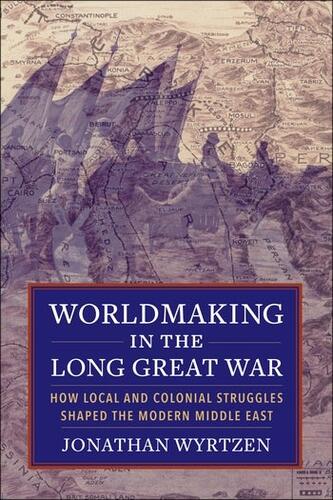
Citation from the jury:
“This historically rich, theoretically informed book offers a new history of the making of the modern Middle East in the period 1911 to 1934, from the perspective of the local actors that played crucial roles in shaping that history. It challenges the “Sykes-Picot” version of that history, which suggests that European imperial powers artificially imposed national borders after World War I upon local people. Even in recent years, ISIS and other groups have peddled the notion that these artificial borders cut across supposedly natural population groups, and thus, are a contributing cause of war in the region. Wyrtzen upends this story, arguing that “war made borders” much more than “borders made wars.” It was violent conflicts in this period, Wyrtzen argues, between European forces and local actors, and among local actors, that made the national borders we observe today. He carefully distinguishes between three interrelated but distinct political processes: border making, state formation, and national identity creation. He shows that the process of creating modern states in the North Africa to Persian Gulf region now known as the Middle East was broader than the Sykes-Picot version of history, both geographically and chronologically. The key violent conflicts began before the July 1914 hostilities of World War I and ended more than a decade after the Treaty of Versailles. All in all, this book does much to deepen our understanding of this vital region, and contributes to a broader collection of research that decolonizes our understanding of world politics.”